Police discovered furniture and clothing made of human body parts while searching Ed Gein’s property in 1957
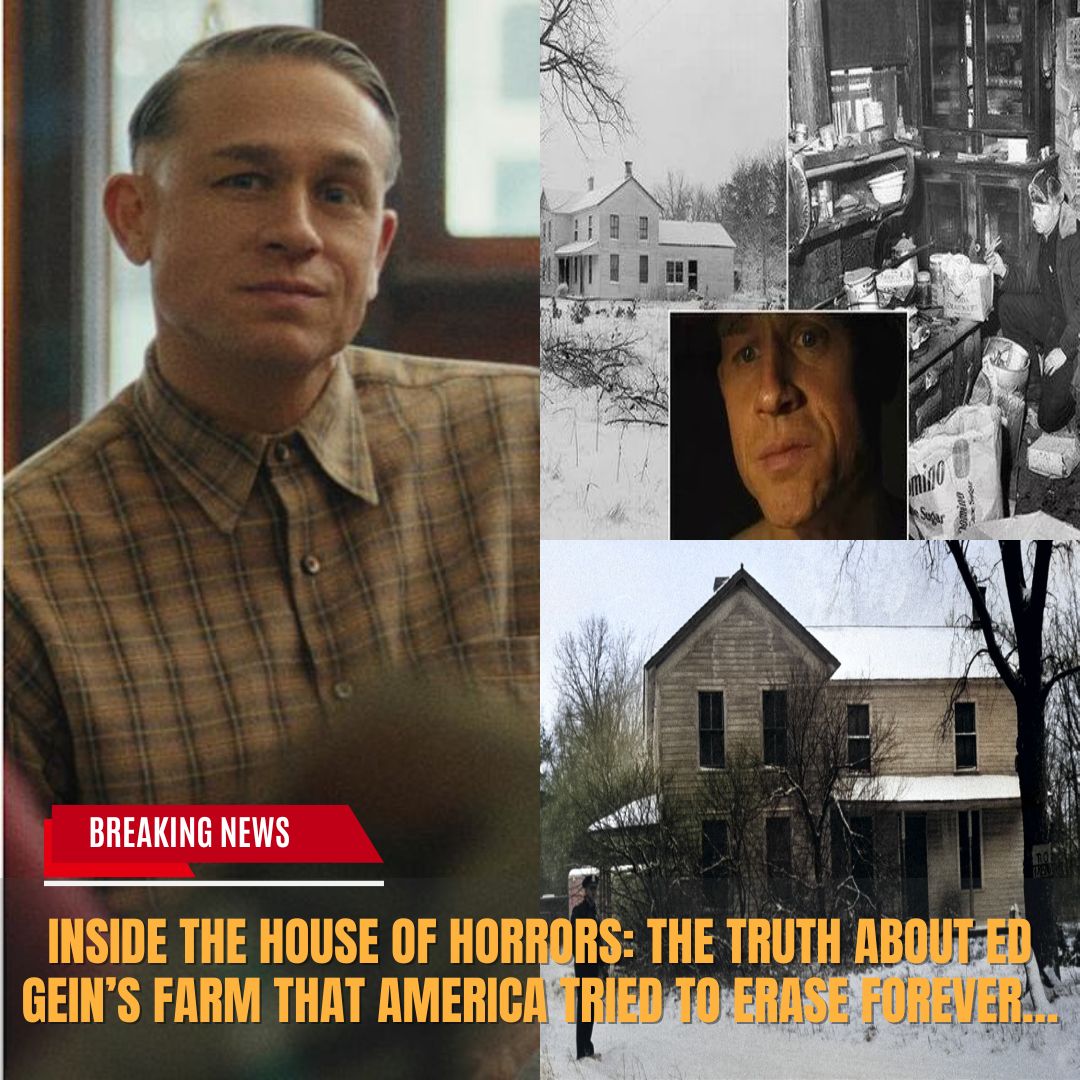
Ed Gein’s home was a true house of horrors.
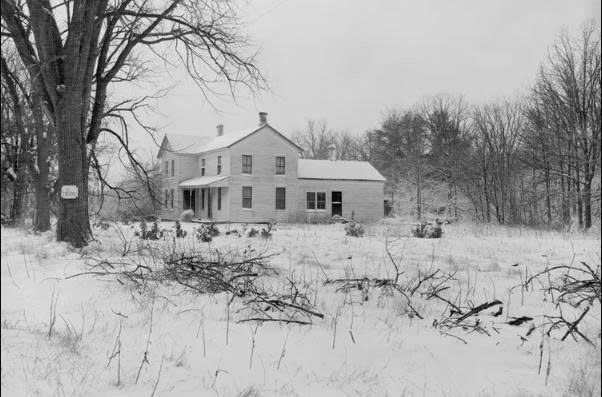
An investigation into missing hardware store owner Bernice Worden led police to his dilapidated farmhouse in Plainfield, Wis., in November 1957. Inside, investigators not only found her remains, but a horrifying array of household items he had crafted out of human skin and body parts, per A&E.
The gruesome discovery led to his arrest, earned him the nickname “The Butcher of Plainfield” and inspired horror films like Psycho and The Texas Chain Saw Massacre.
Gein’s crimes once again drew public attention thanks to the third season of Ryan Murphy’s anthology series Monster. Season 3 debuted on Netflix on Oct. 3, starring Charlie Hunnam as the infamous killer and grave robber who lived “on a decaying farm” that hid “a house of horrors so gruesome it would redefine the American nightmare,” per Tudum.
So, what happened to that house of horrors? Here’s everything to know about Ed Gein’s house — and the disturbing items police found inside it.
When did Ed Gein live in the farmhouse?
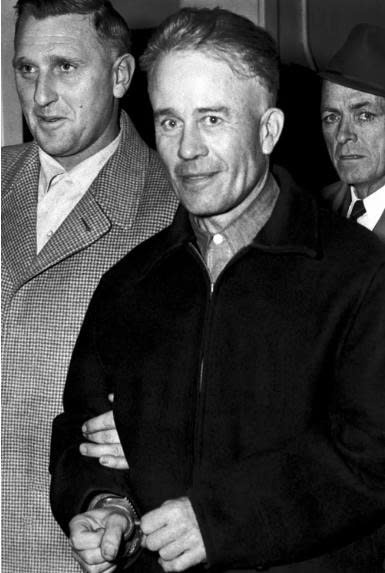
Though Gein was born in La Crosse, Wis., in 1906, the eventual killer spent most of his life on a rural farm in the small town of Plainfield, per A&E.
His family moved to the 195-acre property in 1914, where his mother, Augusta Gein, took advantage of the isolation to raise Gein and his brother, Henry Gein. She prevented them from befriending classmates, kept them busy with chores on the farm and preached a life free of booze and relationships with women.
Gein remained on the family farm long after each of his relatives had died, according to The Sheboygan Press. His father, George Gein, died in 1940, and four years later, Henry was killed mysteriously in a fire, with many believing he was Gein’s first victim.
But the biggest blow to Gein’s psyche was his mother’s death in 1945. Though he held on to the farm by working odd jobs as a handyman, he descended further into madness and started reading about human anatomy, taxidermy and cannibalism, per A&E.
Where was Ed Gein’s house?

Gein’s farmhouse was located outside of Plainfield, a small Wisconsin town about 87 miles north of Madison with a population of about 700 people at the time. The 195-acre property included a farmhouse and other outbuildings.
After his mother died, Gein boarded up her bedroom and other rooms she had used, The Sheboygan Press reported. So much of the farmhouse was boarded up that only two rooms were left for him to reside in.
“When you look at the crime scene photos, his house was an absolute disaster,” psychology professor Louis Schlesinger told A&E’s Crime + Investigation. “But his mother’s room was immaculate, just as it was when she died.”
What did police find inside Ed Gein’s house?
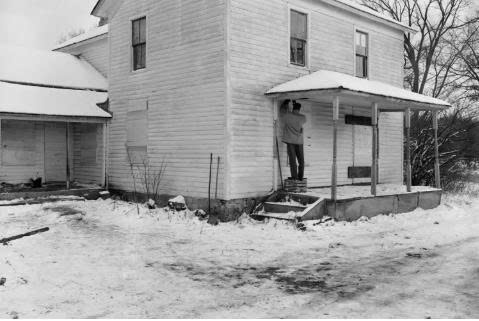
Inside Gein’s house, police discovered human remains and organs that he had exhumed from local graves. He used human skin to make lamps, suits and face masks, turned skulls into soup bowls and even propped up a wobbly table using a leg bone, per A&E.
Investigators also found two severed heads, one belonging to Worden and the other to local tavern owner Mary Hogan, who had gone missing three years earlier. Worden’s decapitated body was discovered hanging upside down in his shed.
Gein confessed to killing Hogan and stealing nine female corpses. He said he exhumed the bodies of recently deceased middle-aged women he believed resembled his late mother.
“He wanted to crawl into her skin,” forensic psychiatrist Carole Lieberman told A&E’s Crime + Investigation. “The body parts he had collected weren’t sufficient, so he had to kill these [two] women, according to his confession.”
After pleading not guilty by reason of insanity in Worden’s murder, Gein was sent to a maximum security mental institution until his death in 1984.
What happened to Ed Gein’s house after the murders?
According to A&E, Gein’s farmhouse was scheduled for auction in 1958. But a few days before it was set to sell, it burned down in a mysterious fire.
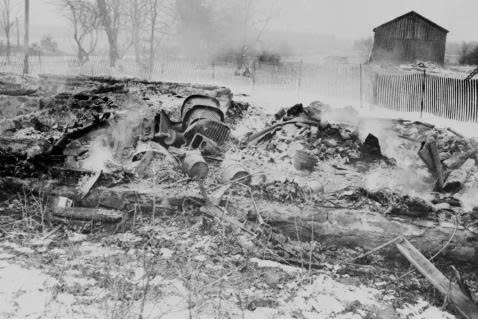
The La Crosse Tribune reported at the time that though a cleaning crew hired to dispose of Gein’s trash started a large bonfire on the property, the flames weren’t close enough to reach the house. Many in the town suspected arson, as residents were angry over the sale of his farm.
Prior to the fire, the acreage, house and outbuildings had been appraised at $4,700.
Though most of his property was destroyed in the fire, a carnival operator named Bunny Gibbons bought Gein’s car and charged 25 cents for people to view it until authorities shut down the operation.





